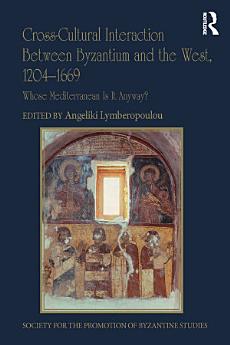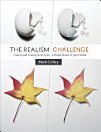Cross-Cultural Interaction Between Byzantium and the West, 1204–1669: Whose Mediterranean Is It Anyway?
About this ebook
The starting point is provided by the fall of Constantinople to the troops of the Fourth Crusade in 1204. In the aftermath of the fall, a number of Byzantine territories came under prolonged Latin occupation, an occupation that forced Greeks and Latins to adapt their life socially and religiously to the new status quo. Venetian Crete developed one of the most fertile ‘bi-cultural’ societies, which evolved over 458 years. Its fall to the Ottoman Turks in 1669 marked the end of an era and was hence chosen as the end point for the conference. By sampling case studies from the most representative areas where this interaction took place, the volume highlights the process as well as the significance of its cultural development.
About the author
Angeliki Lymberopoulou is Senior Lecturer in Art History (late and post-Byzantine art) at The Open University, UK. Her research interests focus on Venetian Crete (1211–1669) and the cross-cultural interactions and exchanges between Greek Orthodox and Roman Catholic Christians in the wider Mediterranean. She also examines Palaiologan Byzantine art produced in the major artistic centres during the last phase of the Empire – Constantinople, Thessaloniki and Mystras. She is the author of The Church of the Archangel Michael at Kavalariana: Art and Society on Fourteenth-Century Venetian-Dominated Crete (London, 2006) and co-editor (with Rembrandt Duits) of Byzantine Art and Renaissance Europe (Farnham, 2013).







